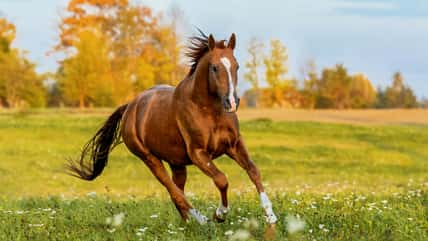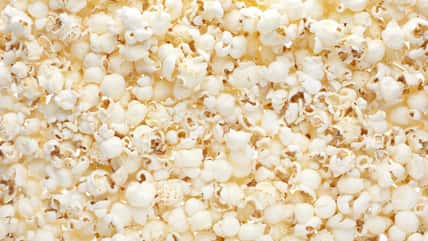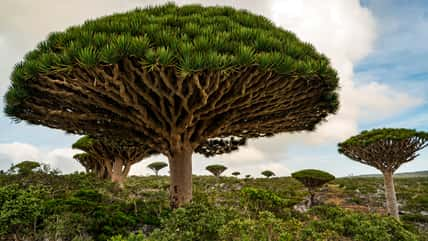It Took A Lot Of Effort To Get These Dazzling Trees To Where They Are Today

The red flowering gum is a species of tree from a small part of Western Australia. For over a century, it has been a favorite among Australians.
Since the continent is experiencing its summer season right now, the red flowering gum is in bloom. It is often planted in gardens, parks, and along streets.
It has large, bright red flowers that appeal to all those who lay eyes on them. The tree may be treasured now, but it wasn’t always so well-loved.
Red flowering gum (Corymbia ficifolia) is a small to medium-sized tree that can grow up to 49 feet tall. Yet, most trees are about 32 feet or less.
They are a type of eucalyptus tree, with foliage resembling that of a fig tree, although the leaves are shorter, wider, and a deeper shade of green than many eucalypt leaves.
During their youth, the trees can be sensitive to frost, but they become more tolerant once they reach a height of six to nine feet.
Red flowering gums can also thrive in a range of soil types and can cope well with fire due to their enormous lignotubers, which are a swelling at the base of the trunk that contains carbohydrates and dormant buds.
They can produce blossoms that are white, orange, pink, and red, but red is the favorite. It has taken many decades to get specimens to reliably produce the expected color. In other plant species, this can be achieved easily, but eucalypts tend to be a bit more challenging.
The majority of red flowering gums have been grown from seedlings, meaning there is always potential for inconsistency in traits, including color. Seedlings share genetic material from two parents, which leads to variability in color.

Sign up for Chip Chick’s newsletter and get stories like this delivered to your inbox.
Many experiments have been conducted to propagate cuttings of red flowering gum. Cuttings are clones, so they are the same color as the single parent tree. This research has contributed to a great deal of knowledge of eucalypts today.
Back in the late 1800s, classic selection techniques were used to source seeds from the very best red flowering gums.
Of course, there were also attempts to grow them from cuttings. However, that proved to be unsuccessful. By the 1950s, it was discovered that eucalypt juvenile material worked better to grow cuttings from.
The rate of success was still far too low to reach a commercial level, though. So, growing red flowering gums from seedlings continued to prevail. By the 1970s, the use of rooting hormones led to improved results.
Soon enough, tissue culture emerged as a successful propagation technique. But it was inconsistent and difficult to get right, so it did not become the standard method in the industry.
Meanwhile, researchers were working on grafting selected red flowering gum shoots onto established seedling roots.
Finally, around the turn of the 21st century, grafting became a real success. It took a lot of effort to get red flowering gums to where they are today. So, if you ever see them around, enjoy the sight of their beauty.
More About:News





